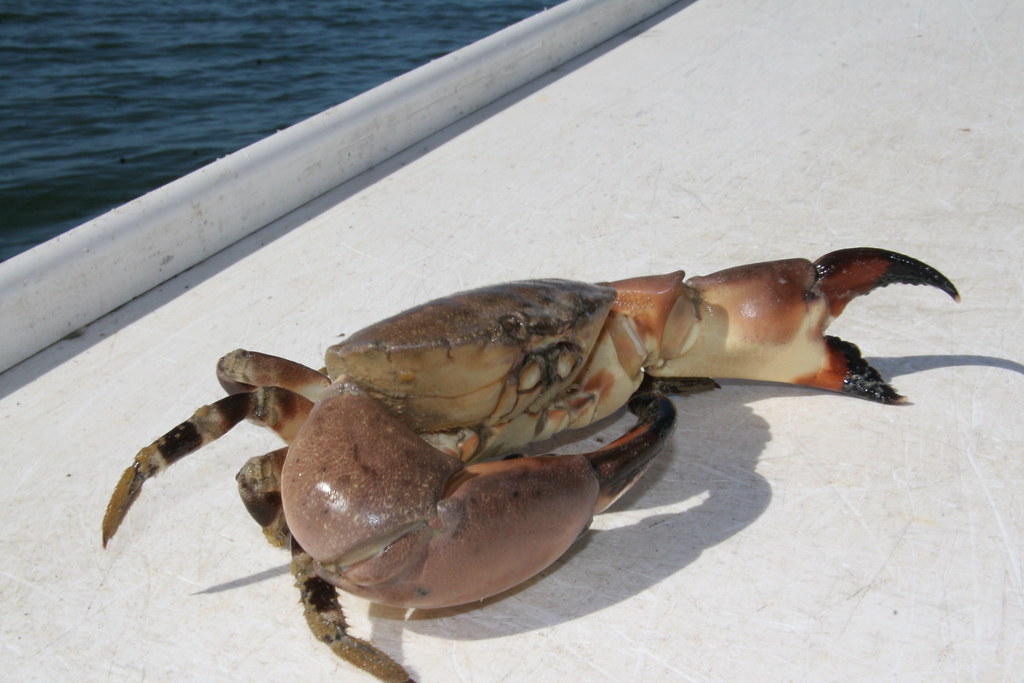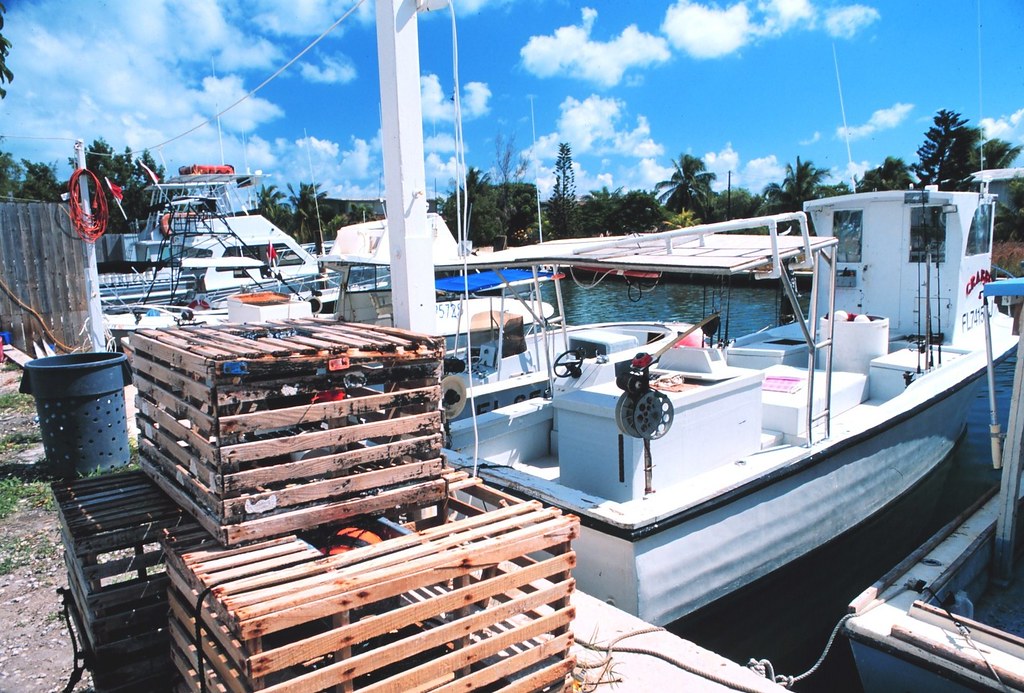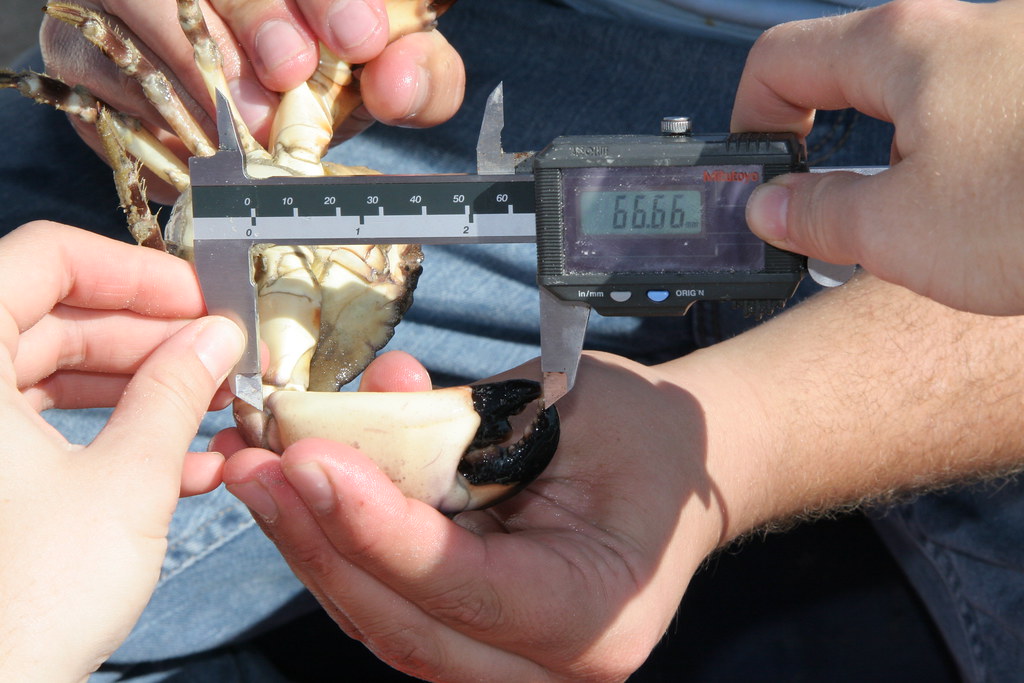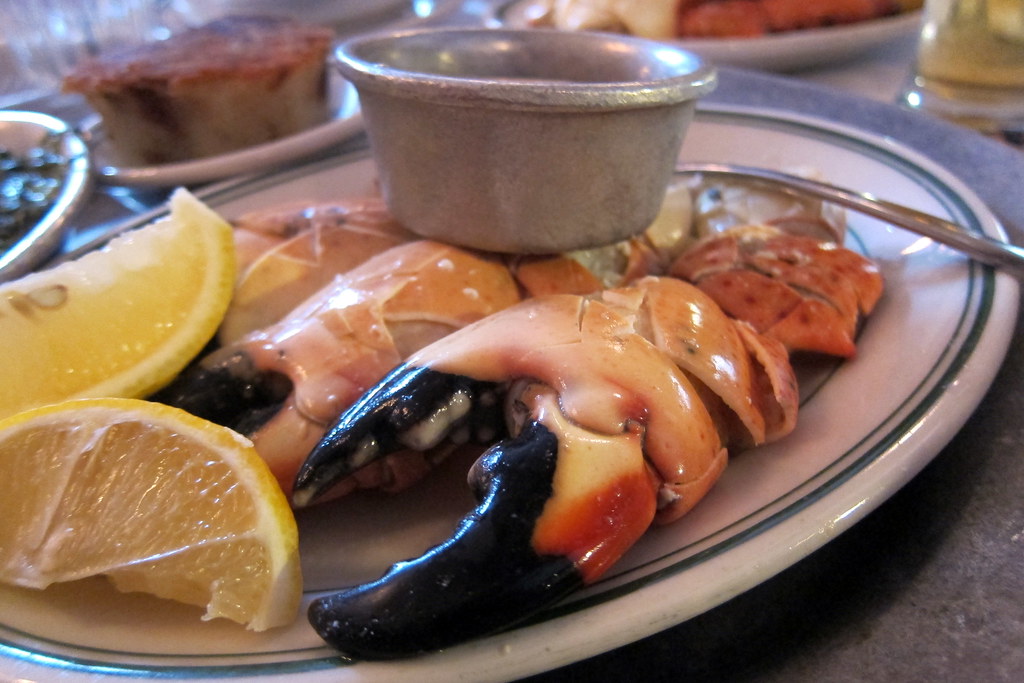
The Stone Crab Saga: From Sea to Table
By Robbie Perdue



The traditional preparation of stone crabs is a testament to the “less is more” philosophy. Boiled in water seasoned with a touch of sea salt, the claws are often served cold, their rich, sweet meat contrasting with the tang of a classic mustard sauce. This simplicity allows the stone crab’s natural flavors to shine, creating a dining experience that is both unpretentious and luxurious.


In the South, a meal of stone crabs is more than just a dish; it’s a celebration, a gathering of friends and family around a table laden with chilled claws, waiting to be cracked open and savored. The experience is communal, a shared ritual that is as much about the company as it is about the food. Stone crabs have become synonymous with festivity, marking the arrival of the season with eager anticipation.
Robbie Perdue
is a native North Carolinian who enjoys cooking, butchery, and is passionate about all things BBQ. He straddles two worlds as an IT professional and a farmer who loves heritage livestock and heirloom vegetables. His perfect day would be hunting deer, dove, or ducks then babysitting his smoker while watching the sunset over the blackwater of Lake Waccamaw.


You May Also Like

How I Came To Give Up On Writing- Remembering Dickey
December 16, 2022
The Gray Man: 200 Years Later
October 31, 2022